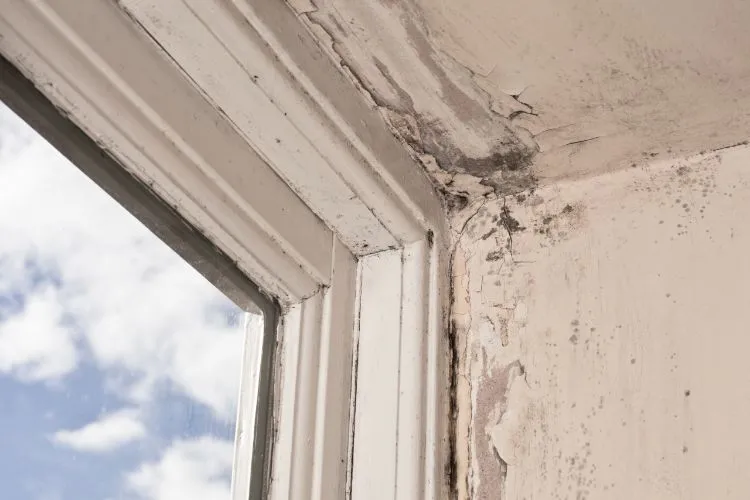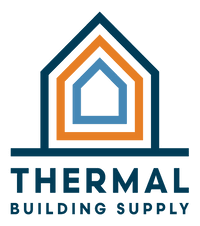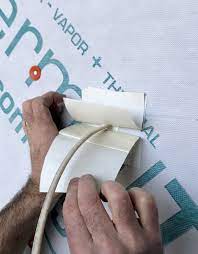Continuous Insulation and Moisture Management: Preventing Mold and Rot

When it comes to building design, there are few things more important than moisture and water management. Water infiltration can cause a host of problems, from mold and rot to decreased energy efficiency and reduced indoor air quality. One of the most effective ways to prevent moisture infiltration is through the use of continuous insulation (CI).
What is Continuous Insulation?
Continuous insulation (CI) is a layer of insulation that is applied continuously over the exterior of a building envelope. It can be made from a variety of materials, including foam, mineral wool, and fiberglass. CI is different from traditional cavity insulation, which is installed between studs or joists in the wall or roof assembly.
CI is becoming increasingly popular in building design due to its ability to increase energy efficiency and prevent moisture infiltration. By providing a continuous layer of insulation over the entire building envelope, CI helps to reduce thermal bridging and improve overall energy performance.
Benefits of Continuous Insulation
In addition to improving energy efficiency, CI also provides a number of other benefits, including:
- Improved Moisture Management: One of the primary benefits of CI is its ability to prevent moisture infiltration. By providing a continuous layer of insulation over the building envelope, CI helps to reduce the likelihood of moisture penetration and the resulting problems that can arise, such as mold and rot.
- Enhanced Durability: CI can also help to increase the durability of a building. By reducing the amount of moisture that infiltrates the building envelope, CI can help to prevent damage to the building's structural components, such as framing, sheathing, and insulation.
- Increased Comfort: By reducing thermal bridging, CI can help to improve overall comfort within a building. This is because it helps to eliminate cold spots and drafts, which can make a building feel uncomfortable and lead to increased energy usage.
- Improved Indoor Air Quality: CI can also help to improve indoor air quality by reducing the likelihood of moisture infiltration and the growth of mold and other indoor pollutants.
Continuous Insulation and Moisture Management
When it comes to preventing moisture infiltration and the resulting problems that can arise, such as mold and rot, CI is a critical component of any building design. However, simply installing CI is not enough to ensure effective moisture management. To be truly effective, CI must be installed in conjunction with other moisture management strategies.
Here are some important things to keep in mind when it comes to CI and moisture management:
- Proper Installation: Proper installation of CI is critical to ensuring effective moisture management. Any gaps or voids in the insulation layer can provide a pathway for moisture to infiltrate the building envelope. It is important to ensure that CI is installed properly and that all seams and joints are properly sealed.
- Vapor Barrier: In some cases, it may be necessary to use a vapor barrier in conjunction with CI. Vapor barriers are materials that are designed to limit the amount of moisture that can pass through a building assembly. In some cases, the use of a vapor barrier may be necessary to prevent moisture infiltration.
- Drainage: Effective drainage is critical to ensuring that moisture does not accumulate within the building envelope. Proper drainage strategies must be in place to ensure that any moisture that does infiltrate the building envelope is quickly and effectively removed.
- Air Sealing: In addition to CI, air sealing is also an important component of moisture management. Air sealing helps to prevent moisture infiltration by sealing gaps and cracks in the building envelope. This is important because air leaks can provide a pathway for moisture infiltration.
- Maintenance: Regular maintenance is critical to ensuring effective moisture management. Building owners should regularly inspect the building envelope for signs of moisture infiltration and take steps to address any issues that are identified.
Continuous insulation is an important component of any building design, helping to improve energy efficiency, comfort, and durability. However, to ensure effective moisture management, it is important to install CI properly and in conjunction with other moisture management strategies such as vapor retarders, drainage, air sealing, and regular maintenance.
It should be known that not all continuous insulation is created equal, as the type of material used greatly impacts both R-value and moisture management. For example, Poly-iso is vapor tight which doesn’t let the building envelope breathe and ultimately ends up trapping moisture behind it whereas graphite-enhanced EPS foam is vapor-open to allow buildings to dry while proving a greater R-value per inch compared to Poly-iso.
By taking a comprehensive approach to moisture management, building owners can prevent many of the problems that tend to arise from moisture infiltration including mold, rot, reduced energy efficiency, and poor indoor air quality. With the use of continuous insulation and effective moisture management strategies, buildings can be more durable, comfortable, and energy-efficient, providing a healthier and more sustainable environment for occupants.



